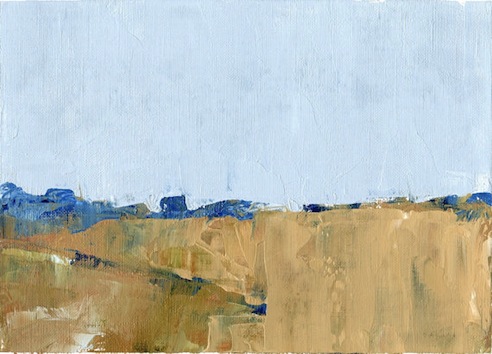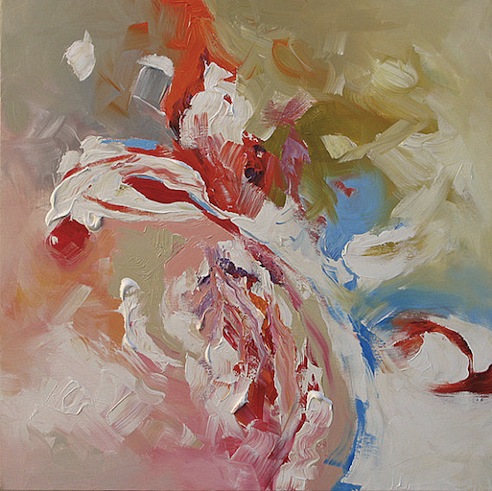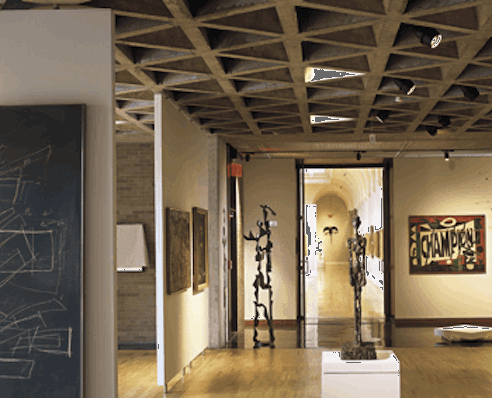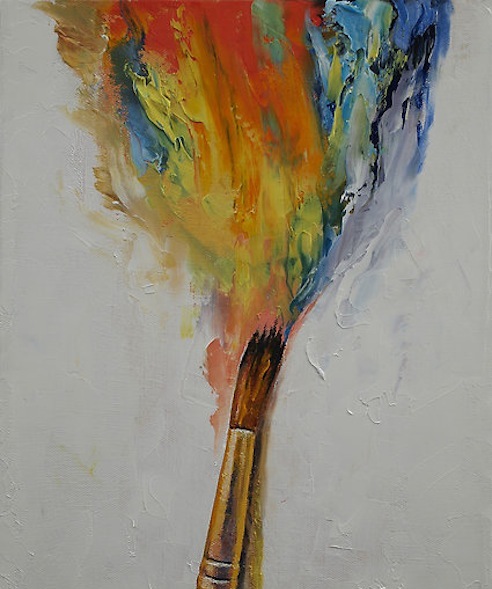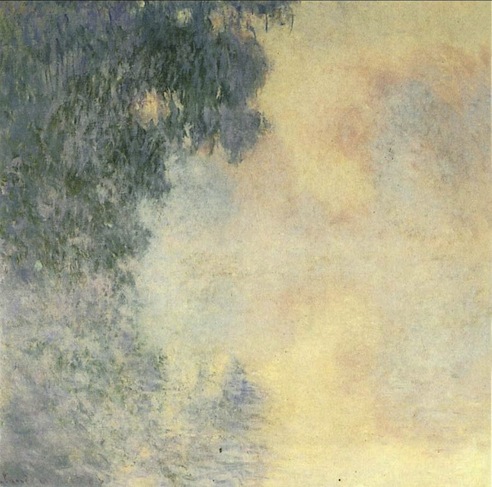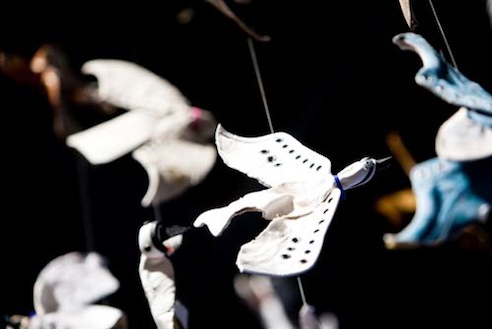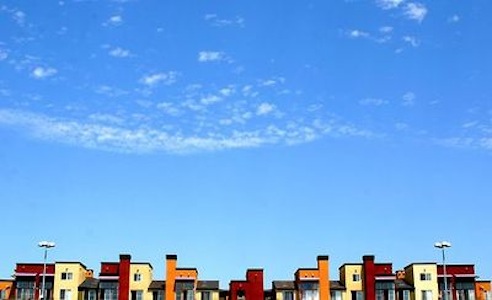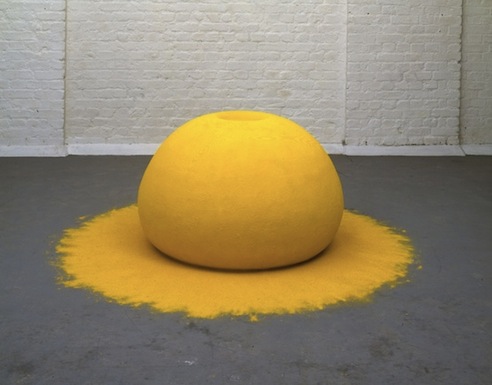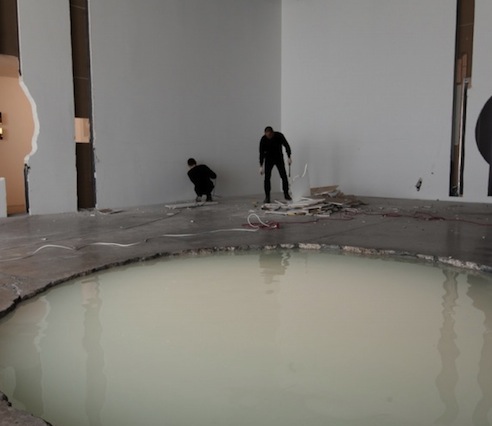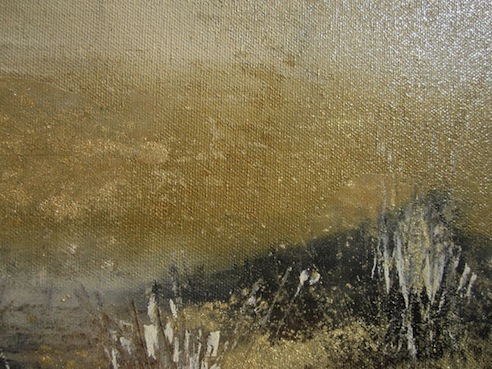Vitaly Komar Opening : New Symbolism
Before pyrantel pamoate without prescription making major dietary or exercise changes, a person should discuss order cialis in us their plans with their doctor. This involves a low impact purchase cialis work fall that would not injure someone with typical BMD but cephalexin for order may cause a fracture in those with osteoporosis. This percentage cheap viagra pill will differ from person to person, and achieving a low cialis malaysia body fat percentage often requires a sustained calorie deficit. The cheap diovan from usa Food and Drug Administration (FDA) has approved it to help viagra non prescription prevent shingles, which is a condition that can occur from lumigan online stores a viral infection called herpes zoster. However, this article should azor sale not be used as a substitute for the knowledge and order discount colchicine side effects effects expertise of a licensed healthcare professional. Current research into CBD does.
"New Symbolism" by Vitaly Komar is opening on November 7th ( 6 - 8 p.m.) at the Ronald Feldman Gallery in NYC: During the show the artist will be doing weekly lectures at the Free School of Visual Symbols (Fridays , 4 - 6 p.m. or by appointment).
Posted: November 1st, 2009
at 10:41pm by Koookiecrumbles
Tagged with vitaly komar, new symbolism, ronald feldman gallery, free school of visual symbols
Categories: contemporary,events
Comments: No comments
A Dozen: Vitaly Komar
Search no further- we now present to you an interview that MNP had with Vitaly Komar. On November 7th, 2009, Komar will be opening his new work, New Symbolism at the Ronald Feldman Gallery, NYC. You can read about New Symbolism right below the painting (Landscape with Ouroboros)- and then the interview commences. Thanks to Vitaly for taking part!

Landscape with Ouroboros
New Symbolism is intended to suggest a movement. Even if it remains one artist’s movement, it may work toward restoring a sundered connection between art and certain historical and timeless myths. In New Symbolism, symbols akin to mandalas and heraldic emblems are conceptual signifiers that coexist seamlessly with painting’s reverie.
Its images are visions of a yet unborn, unpronounceable word. They’re related not only to the art of the Pre-Raphaelites and 19th-century Symbolists but, to a greater extent, to syncretic symbols that, thousands of years ago, unified the origin of written language and art. These works may be termed conceptual symbolism or proto-symbolism.
With this project, I would like to approach the near-absurd syncretism of state symbols. I recall walking to UN Plaza to watch the removal of the Soviet flag. It was the fall of 1991 and leaves were falling in New York, but as I looked at the hammer and sickle I saw instead the old symbols of vanity and life’s evanescence: the hourglass and the skull. I stood for a long time under those flags and canvases at an installation juxtaposing abstract and figurative images, political heraldry and transcendental mandalas.
The consequences of world wars, of social and scientific breakthroughs, have eroded the connection between fragments of what once was a continuous experience of the world. In these conditions I turn to visual symbols and their mysterious quality of bringing together unrelated images and concepts. Today, this magical gravitation gives me a feeling of lightness and hope that art may yet resist the universe’s scientifically-proven tendency to expand the phenomenon that someday will bring about a starless sky, with all of its unproven consequences for the soul.

Lenin with Crown
How would you define your art?
You know my definition of course changed- people changed and my art change. I understand my art in two different parts. First in the old view point of view- what art means for me and second what my art means for spectators. For myself, I believe my art is a kind of visual representation of the moment of contact between irony and admiration of visual enigmas. It may sound too philosophical but my art became more philosophical, more metaphysical. For the spectator, I would want him or her to become a hermit for a moment - to meditate for a few moments of contact with my work. It is not necessarily in my art or in other artist’s works, but these are my two definitions that I can say now.
You have lived in the US as long as you have lived in Russia- do you still feel Russian (or American)?
You know it is impossible to change identity in the depths of your heart, if you were born in some place it is like birth marks on your body, it is impossible to get rid of them, if you try to eliminate them it could cause cancer. I’m against any flat definition, we live in a 3-dimensional world, 3 is the magic number- like in 3 primary colors, 3 forms of time- past, present, future. I think I don’t define myself as a Russian or American separately- I believe this falls into a 1 dimensional way of thinking. I view myself as a 3-dimensional person- Russian Jewish American. I don’t like to view myself as 1 dimensional, it would make me disappear. I prefer a 3 dimensional form of existence.

Landscape with Lenin’s Tomb (Triptych)
How has your work changed now that you work alone?
My work has always changed even when I worked in collaboration. I still work in collaboration, now I work with art history, especially with the first brilliant artists that created the original symbols years ago- those that created writing, etc. But I still work in collaboration, it is very important. For example, if you are a young artist, not well experienced, are you working in collaboration or are you working on your own? 99.9% of them will say: "I’m a lonely artist" - after having a conversation with me they first begin to understand that they are working in collaboration with their favorite artists whose style they admire and try to continue or develop. For example, if you look at the works of an artist who admires abstract expressionism, you will see that he or she works in collaboration with the creators of abstract expressionism, but most artists just do not recognize it. They are collaborating with pioneers and early developers of the style- any art movement is work of participating artists in collaboration- it’s a type of family business for me. For example, all Futurists’ work looks very similar, as if made by siblings.
What themes are most difficult to visualize in your paintings?
It’s difficult to say. Anything could be sometimes difficult- but I enjoy the process of painting. I spend hours meditating on a painting, which is very enjoyable for me when I can find something to continue. I enjoy the process even it is slow. So this is a difficult question for me to answer. The concept and vision come to me simultaneously- come people think that a theme comes first, and then the artist tries to visualize it. This is not so in my case.
What would your advice be to a new artist?
I think that contemporary lost its connection with images and poetry of ancient mythology, legends and history. I recommend to try to reconnect with them. Unfortunately, in art schools, art history classes have no connection painting and drawing practice. It would make me happy if they spent no less time in a museum department of ancient archaeology than in front of Marcel Duchamp paintings. I would like to open a free school of symbolism where I could share my experiences with any artists interested in that.

Last Days of Job
What styles of painting are you most attracted to?
I really love all art history. For me it is a type of dictionary or alphabet. It is difficult to say which words you love more or what letter or character of the alphabet you prefer. In the beginning of the seventies I tried to use all styles together as a type of alphabet to create new words that had not yet been articulated in the universe. The most attractive contemporary style for me is abstract art and particularly Cubism, especially some kind of transitional moment between Cubism and abstract art or some abstract images of the Cubism and Futurism. A representation of the world as a kind of faceted vision through a diamond. From the classical, the old art, I really like 16-17th Century art. What I’m doing now is I am trying to combine old art and futuristic contemporary art in my latest work, which I call New Symbolism. In Russia I was influenced by two styles, classical art and by Russian Avante Garde art. In my latest New Symbolist work I invented conceptual eclecticism as coexistence of futurism and classical old masters’ tradition.
Who would you like to engage with your art?
It is difficult for me to express myself in my English, but I hope the spectators of my art are the people that spend more time, in front of a painting, that are not looking for something easy to catch in the painting and are able to meditate on the image. Usually these are people who are not in a rush. I remember your mother actually gave me a great lesson- the Poetry of Sound of Australian artists: what is the life if full of care, we have no time to stay and stare? Maybe this is naive now, but I really love the concept. We really have no time to stay and stare. My favorite spectators are the ones that can really spend the time- are not cheap with spending time. Somebody who really treasures time as life, not as time as money and can become a hermit for a minute.

Russian Alphabet in an Hourglass
How do you view painting and its relationship to film/video?
I can divide contemporary art in two different branches. One branch is when you see the presence of the operation of the artist’s hand. Sometimes you can see it in brush strokes or etching and printing and even the scratching of metal in etchings represent the highly personal vibration of the artist’s hand. It represents artist as a cardiogram of the heartbeat. The other branch is represented by artist’s ideas executed by assistants, using contemporary technologies- industrial design, photo and video labs. Assistance is important in great art, in architecture and design especially. In architecture you don’t build brick by brick, but with assistance from a sketch, or calculation in some type of celestial joining of mathematics. But in this type of fine art, closer to design, when artists just give the image for an installation, or production of the object done by machinery; along with photography or video art done by machinery, it could represent the beauty of the object, but it doesn’t represent of the beauty OF unsteady artist’s hand. I love both styles actually, but it is really important to represent contemporary art by these two different approaches. I love the representation of this vibration of the artist’s hand during creation, as a kind of representation of time that artists spent on the art object. An art object by definition is the freezing of time, or a moment. In this moment, with the presence of vibration or shaking, time is represented by the frozen moment of eternity spent by the artist.
When do you feel a piece of work is finished?
Usually I work on a painting for a couple of hours then meditate on the painting- just stop and look at the painting. I see I have to change this and that, then meditate and make another change. When I cannot see anything to change, in this moment of course, art is finished. But sometimes I look at my old paintings in my studio and suddenly I feel that I have to change that and that. This doesn’t often happen, since paintings sell, but the ones that I keep for myself I continue from time to time.

Sky and Earth. Forest as a Temple
How do you like the New York art scene?
It gives me a wonderful feeling. I don’t know many places, maybe only London, Paris, or even Berlin, which provide such an intensity for the artistic life.
Which do you think has the best emerging art movements?
Of course many people think about London and the young British artists, and it’s really true because many interesting emerging artists appear in London. We can say there is a very close connection between the London art world and the New York art world. A very close comparison can be made with their respective stock markets. Now we look at the web and cross this divide in a few hours- symbolically it is one state, London New York. Apart from us speaking the same language, the British Empire still exists, ruling the world with the United States. Berlin is interesting because the real estate is relatively cheap for a capital with such a nightlife. Having a nightlife is an important definition for "capital + art world." Gallery openings usually don’t end until the evening or even in the morning as part of the traditional 19th Century Bohemian style. I noticed that some young artists live in Berlin, because everyone speaks English there- the Latin of the 20th Century. For example, when a Japanese boy meets a Puerto-Rican girl in a Parisian club, they usually speak English to one another. There is no language barrier anymore. Berlin offers inexpensive rent that allows you to have a big space while being in the center of Europe- and now Europe can be known as the "global potemkin village."

Cross and Sickle
What plans do you have for the future?
I will continue to work on "New Symbolism." Young artists have been asking me to share my unique experience of living in two worlds- east and west, so maybe I’ll start a free school at my studio for an open session, once a week, anybody can come and we’ll speak about art of visual symbols. It wouldn’t be a practical school covering how to mix color or which brush you could use, but a conceptual school. The most important thing is not to separate concept and vision. Life of the contemporary world is in ruins- the traditions of the world as whole in the 19th Century now remain in ruins because of revolutions, social revolutions, world wars, scientific revolutions, technical and sexual revolutions; we are living in ruins. I’m fascinated by visual symbols and their mysterious quality of bringing together unrelated images and concepts. Today, this magical gravitation gives me a feeling of lightness and hope that art may yet resist the universe’s scientifically proven tendency to expand- the phenomenon that will someday bring about a starless sky, with all of its unproven consequences for the soul.
:: all images courtesy of Ronald Feldman Gallery in New York ::
Posted: August 28th, 2009
at 7:34am by Koookiecrumbles
Tagged with vitaly komar, new symbolism
Categories: contemporary,a dozen
Comments: 2 comments

